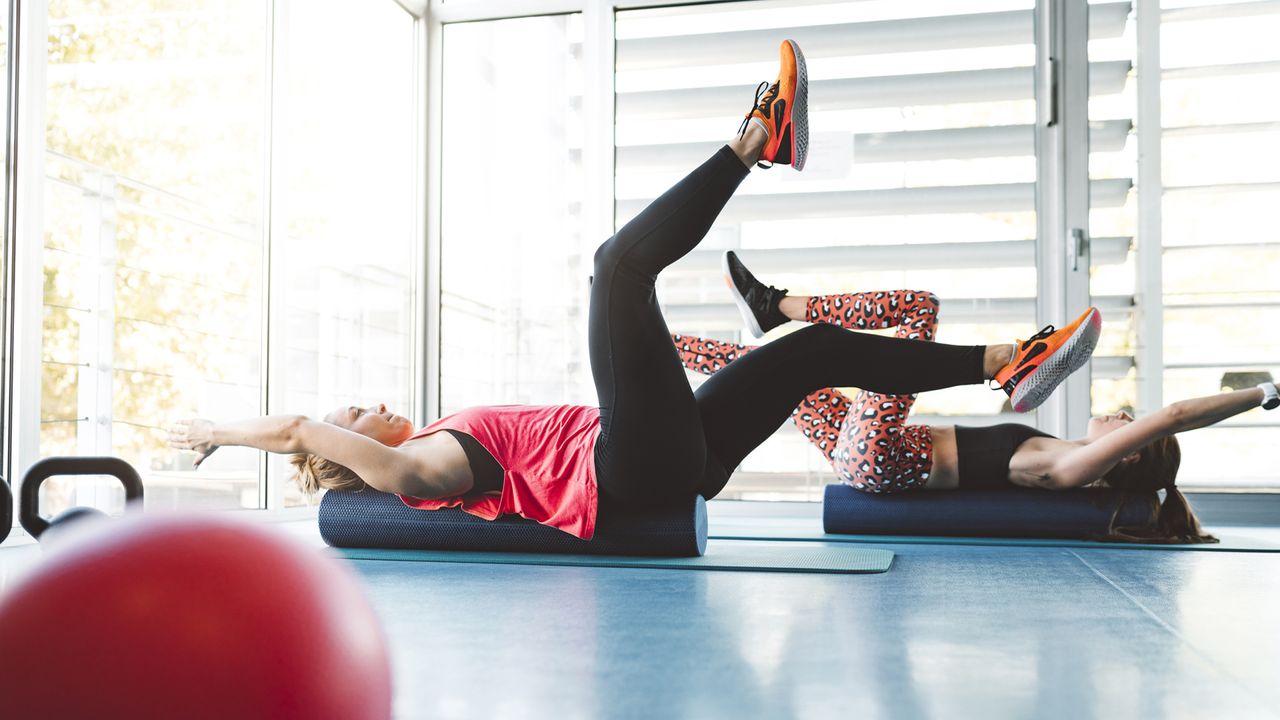ActiveWorkoutsIs the Dead Bugs core exercise the ultimate abs workout?Dead Bugs strengthen your entire core and will help you reduce lower back painWhen you purchase through links on our site, we may earn an affiliate commission.Here’s how it works.
ActiveWorkoutsIs the Dead Bugs core exercise the ultimate abs workout?Dead Bugs strengthen your entire core and will help you reduce lower back painWhen you purchase through links on our site, we may earn an affiliate commission.Here’s how it works.
Dead Bugs strengthen your entire core and will help you reduce lower back pain
When you purchase through links on our site, we may earn an affiliate commission.Here’s how it works.
(Image credit: Getty Images)

(Image credit: Getty Images)
Jump to category:Why should you do Dead Bugs?How to do Dead BugsThings to avoid
Jump to category:Why should you do Dead Bugs?How to do Dead BugsThings to avoid
If that wasn’t enough, Dead Bugs will test your balance, mobility, core stability and coordination, and improve your posture to boot, so you should definitely consider adding this move to yourbest home workoutroutine. Best of all, you only need a padded mat to do them, and there are plenty of Dead Bug variations to suit everyone, whether you’re a total beginner or haveabs of steel.
Read on to find out how to do Dead Bugs.
5 reasons why you should do Dead Bugs
1. They hit a lot of muscles
The Dead Bug is a great bodyweight exercise to include in your strength training programme because it works so many muscles compared to bog-standardsit-upsor crunches that can also put a strain on your back and neck. When done correctly, Dead Bugs will target your deep core muscles like the transverse abdominals and erector spinae muscles, as well as your pelvic floor and hip flexors.
2. They engage your body and your brain
The action of moving opposing limbs in tandem (known as contra-lateral limb engagement) through a full range of motion will challenge your coordination and stabilization muscles to help improve your mobility. For this reason, they make a great warm-up exercise for runners, swimmers, cyclists and those doing plyometric workouts, as well as being a fantastic standalone strengthening move to use during core workouts.
Even walking will be easier if you do Dead Bugs(Image credit: Getty Images)

Even walking will be easier if you do Dead Bugs
Even walking will be easier if you do Dead Bugs
(Image credit: Getty Images)
3. They help with all kinds of movement
Dead Bugs can help you build a strong, stable core that will help to protect the spine and reduce the risk of lower back pain. Moreover, they’ll help you to create a solid foundation that will aid your everyday movements and workouts, helping to transfer the movement between your upper and lower body whether you’re walking, deadlifting, throwing, jumping or squatting heavy loads.
Sign up to the T3 newsletter for smarter living straight to your inbox
Get all the latest news, reviews, deals and buying guides on gorgeous tech, home and active products from the T3 experts
4. They’re great for beginners
If you find planks too challenging, Dead Bugs provide a safe and effective way to improve your core stabilisation because your core remains fully supported on the ground. If you find regular Dead Bugs too hard at first, start off with simplesingle-leg toe taps(Youtube link), before performing just the lower body part of the Dead Bug exercise without the arms.
5. They have loads of variations
How to do Dead Bugs
Things to avoid when doing Dead Bugs
It is essential that you engage your core muscles throughout this exercise to encourage a safe, stable movement that won’t put pressure on your back. But contrary to what some online guides will tell you, this does not mean that you should tuck your pelvis under or pull your belly button to the ground.
Keeping your core braced while maintaining a neutral spine and pelvis is what’s important when performing Dead Bugs, especially if you want to move in a way that will enhance your sporting performance. That said, you don’t want your back to arch off the floor and put a greater strain on your lower back. If this happens, try reducing the range of your limb extensions so you maintain proper form.